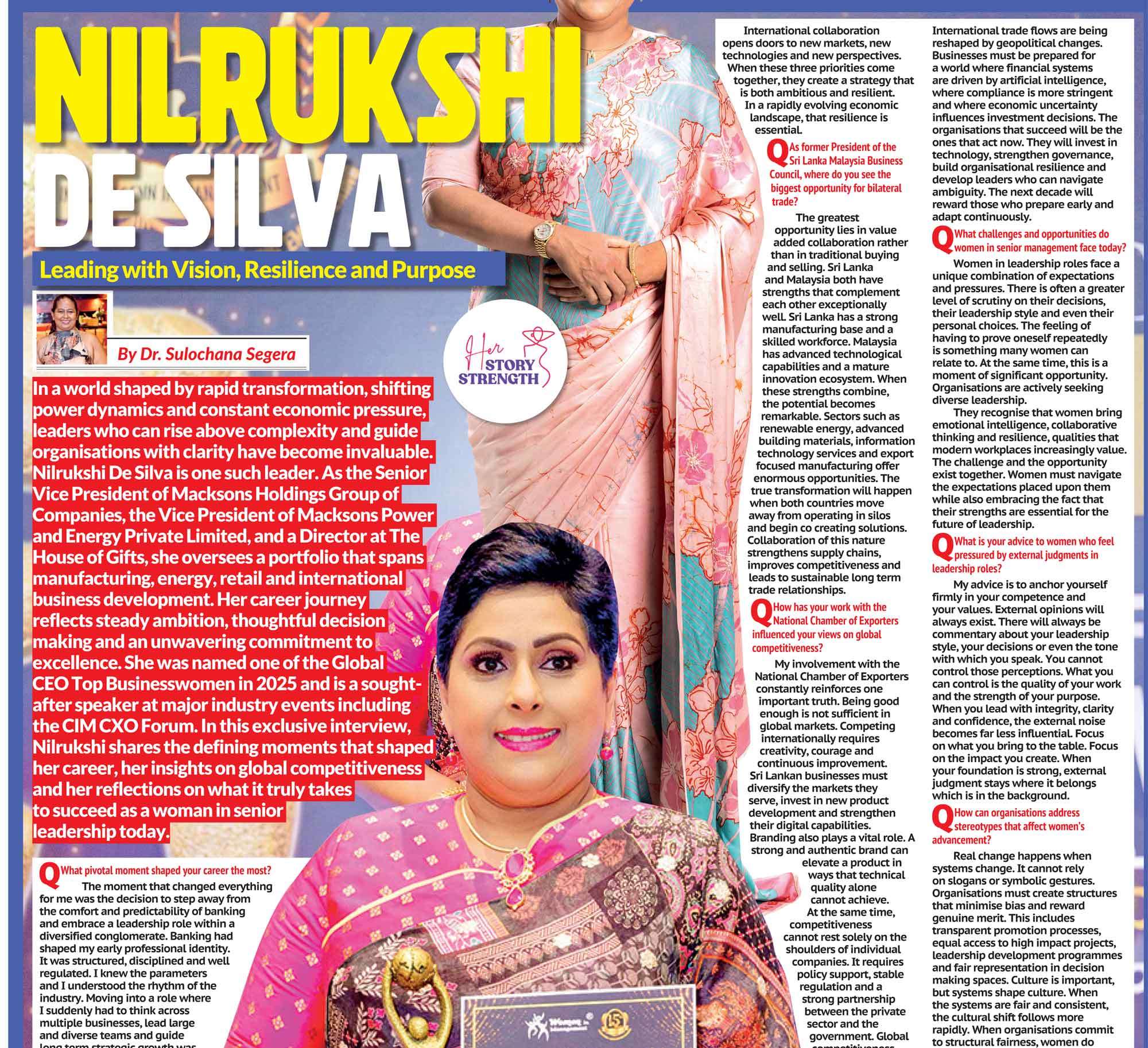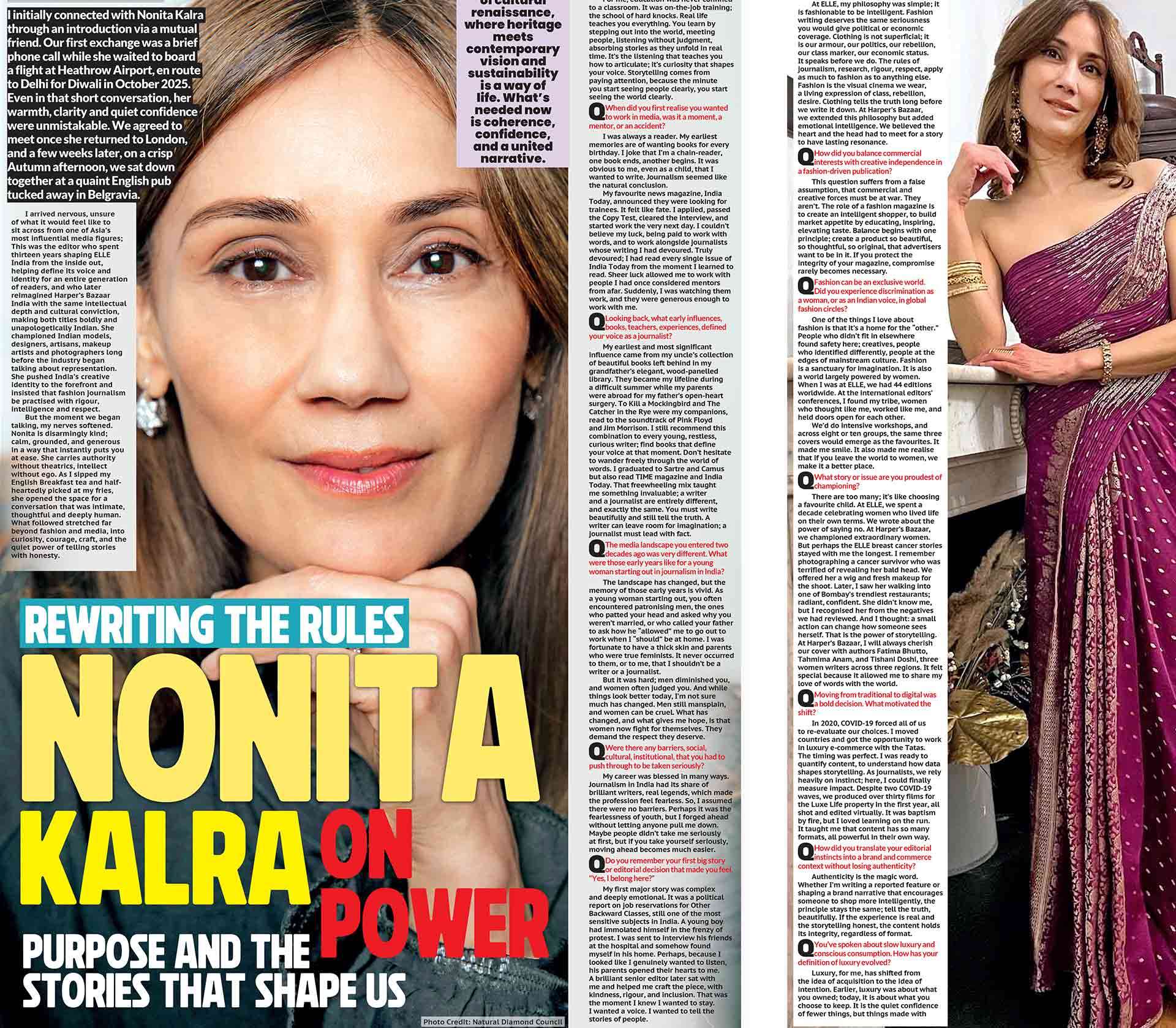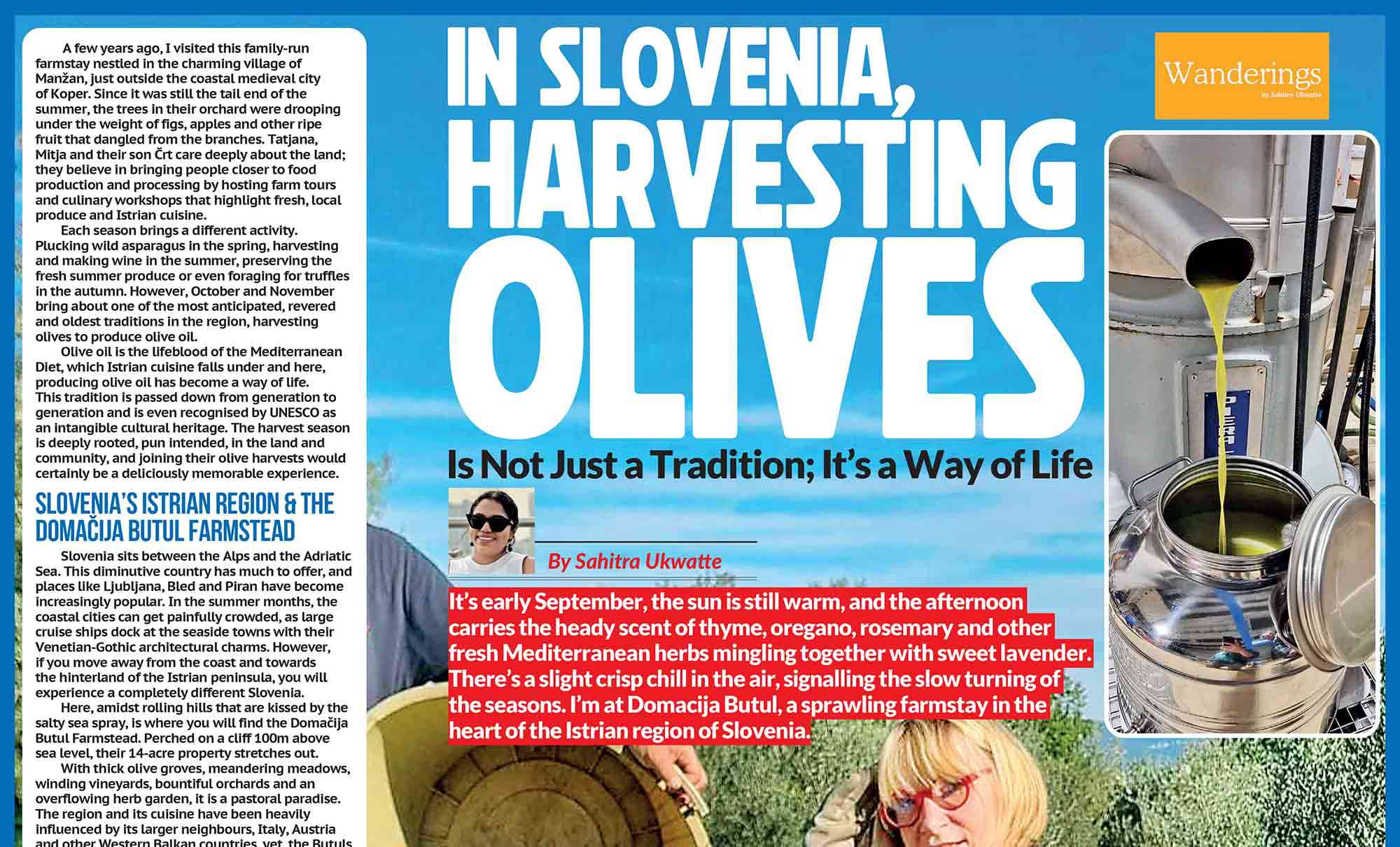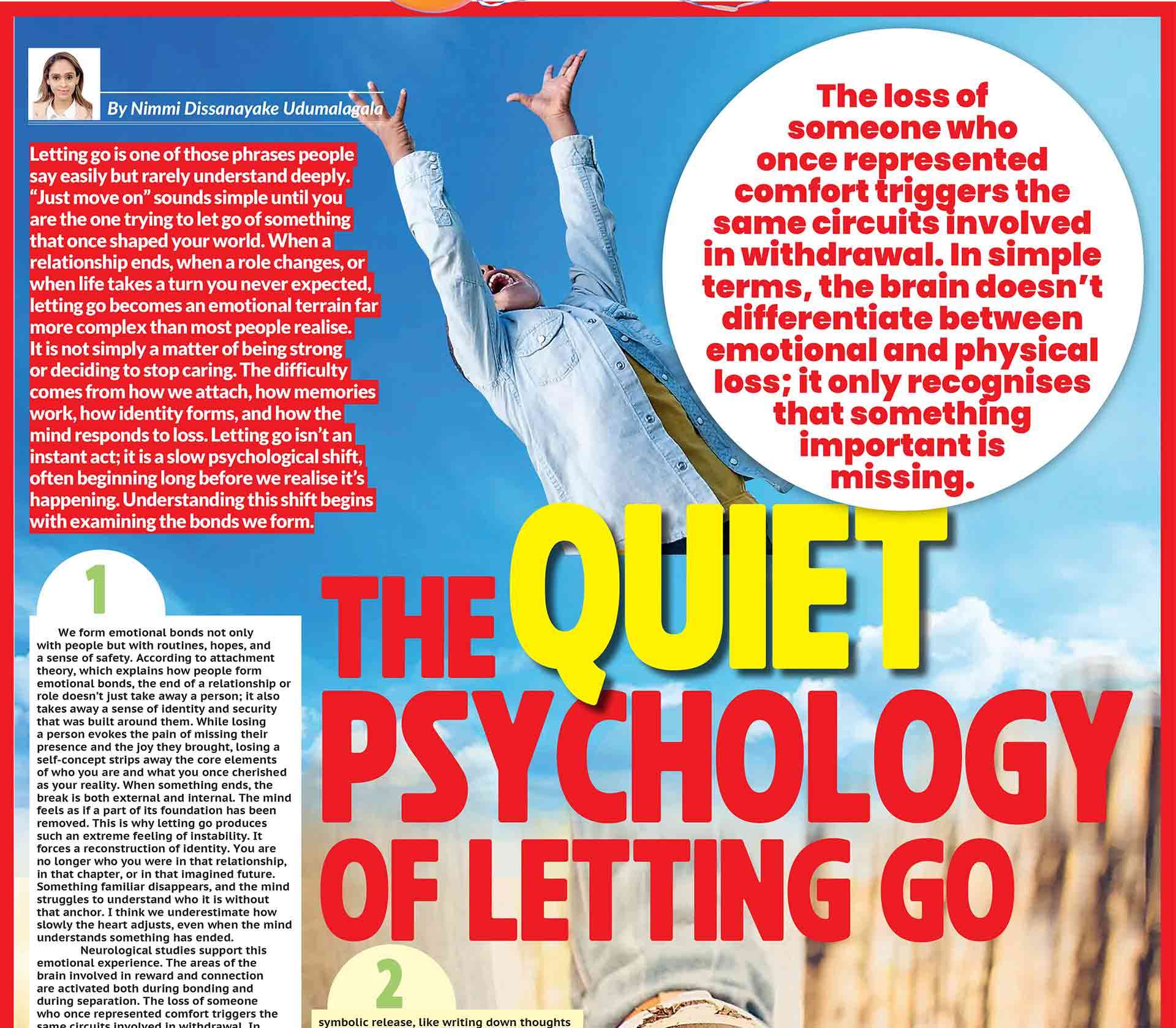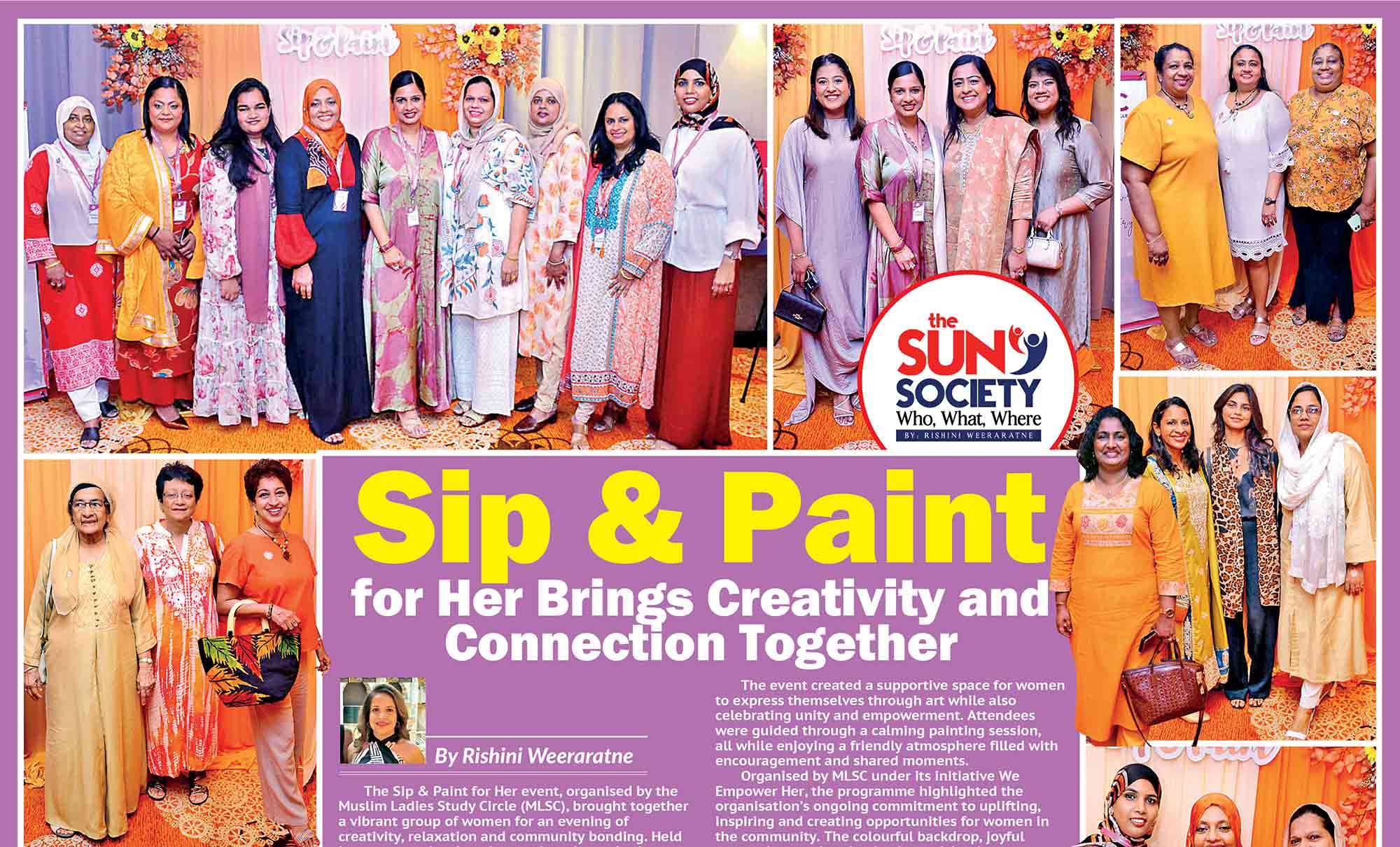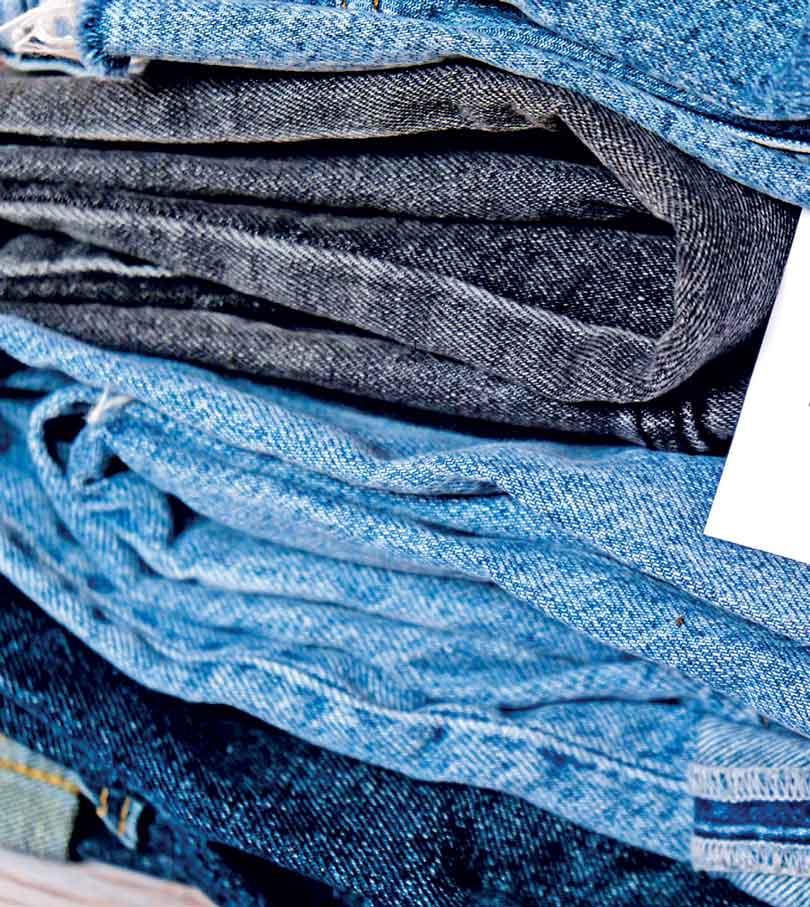

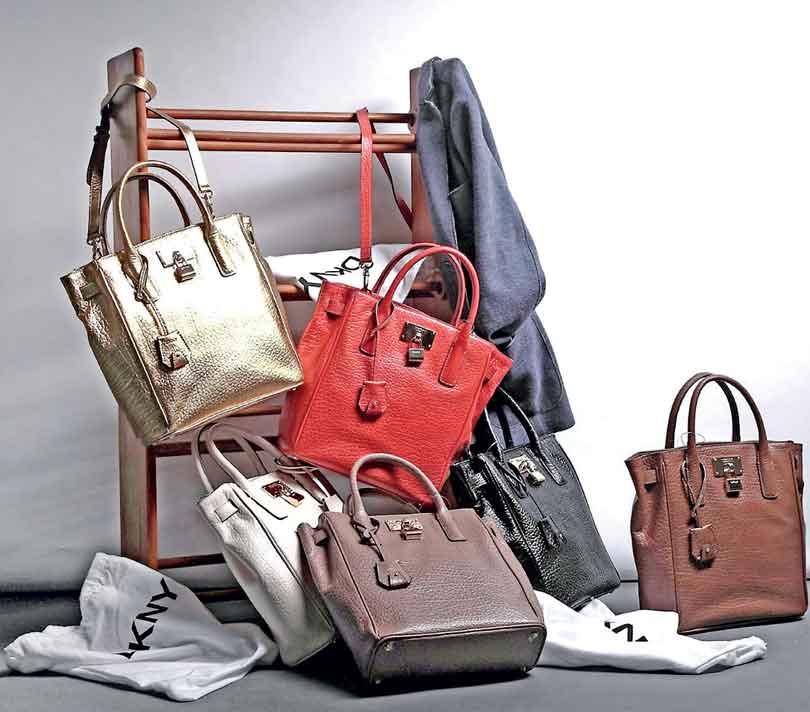
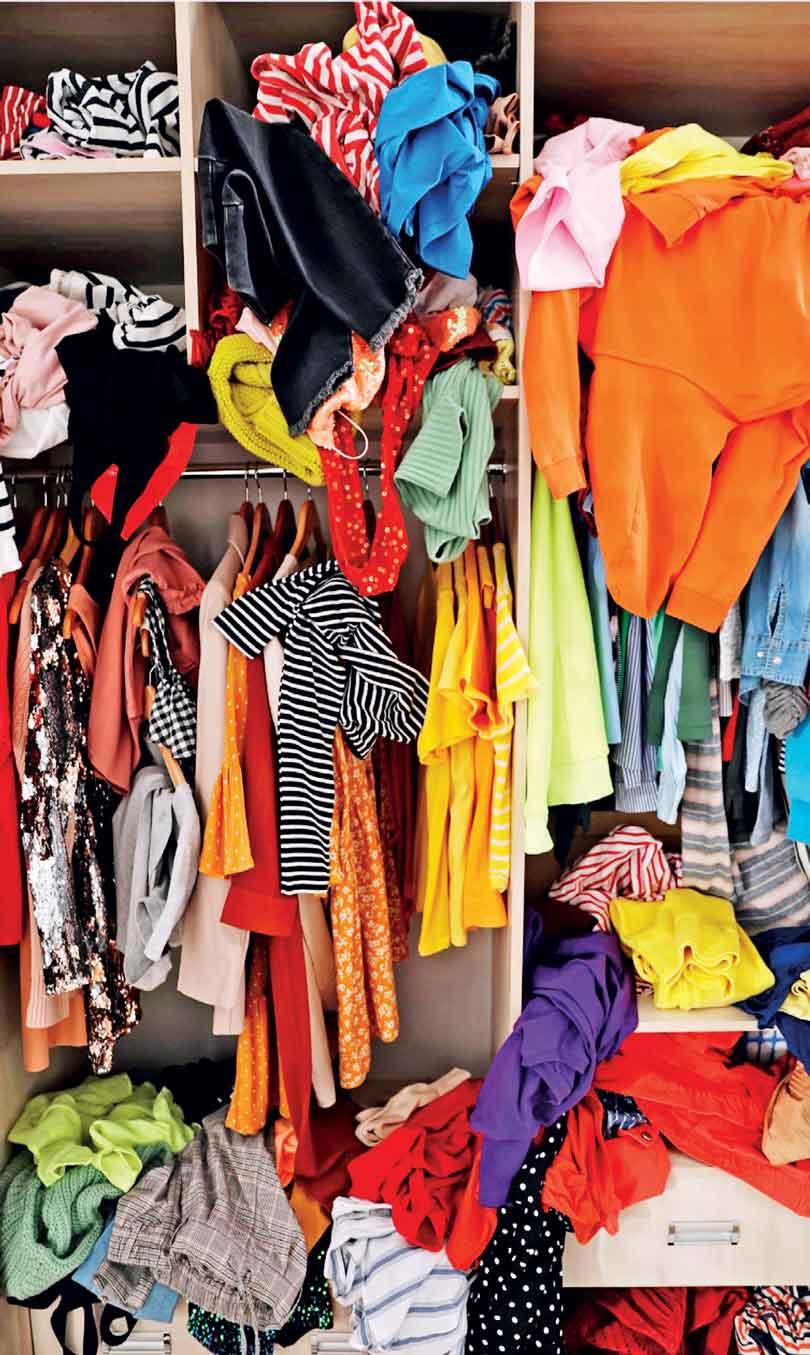

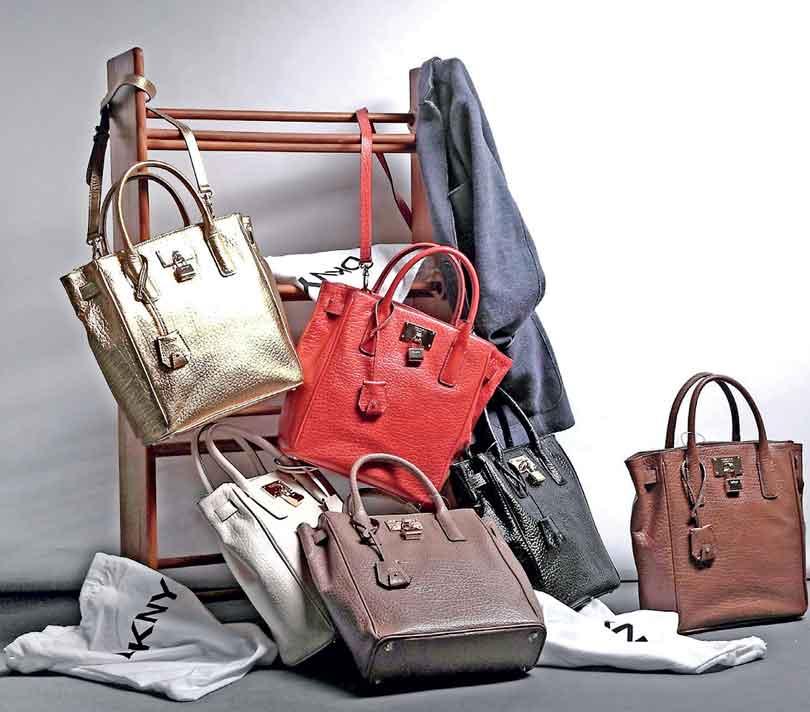
Consumers are tasked with navigating a complex landscape of certifications, sourcing claims, and marketing language. This is where awareness and education become essential
 Every garment we choose to wear tells a story. It signals identity, intention, and sometimes even ideology. For decades, the fashion industry has shaped trends, pushed consumerism, and created a culture of “newness”, a cycle where clothes are bought, worn briefly, and discarded. But that narrative is slowly changing. Consumers are beginning to realize that they hold power, the power to advocate for sustainability, for fair labor, for environmental stewardship, and for cultural preservation, all through the choices they make when building their wardrobe. In Paris, fashion is both art and statement. As someone who has lived and worked at the intersection of design, technology, and sustainability, I have witnessed firsthand the immense influence that clothing carries, not just on aesthetics, but on culture, ethics, and the planet. Today, more than ever, the true revolution in fashion is not happening on the runway; it’s happening in the closets of conscious consumers.
Every garment we choose to wear tells a story. It signals identity, intention, and sometimes even ideology. For decades, the fashion industry has shaped trends, pushed consumerism, and created a culture of “newness”, a cycle where clothes are bought, worn briefly, and discarded. But that narrative is slowly changing. Consumers are beginning to realize that they hold power, the power to advocate for sustainability, for fair labor, for environmental stewardship, and for cultural preservation, all through the choices they make when building their wardrobe. In Paris, fashion is both art and statement. As someone who has lived and worked at the intersection of design, technology, and sustainability, I have witnessed firsthand the immense influence that clothing carries, not just on aesthetics, but on culture, ethics, and the planet. Today, more than ever, the true revolution in fashion is not happening on the runway; it’s happening in the closets of conscious consumers.
Understanding the Weight of a Wardrobe
To understand the potential of conscious consumers, we need to first confront the impact of fashion itself. The industry produces approximately 92 million tonnes of textile waste annually. It is one of the largest contributors to greenhouse gas emissions, with animal-derived materials such as leather, wool, and cashmere accounting for a disproportionate share of methane emissions. Fast fashion has amplified these problems, encouraging rapid consumption and planned obsolescence. Every impulsive purchase has a ripple effect, from the water used to dye fabric in Bangladesh to the carbon footprint of shipping across continents. But the same industry that generates this impact also offers an opportunity for change. Each garment purchased is a vote, a choice that signals to brands, policymakers, and communities what is valued. This is where consumers step into the role of advocates. Choosing thoughtfully, investing in ethical production, and prioritizing longevity over novelty can influence supply chains, challenge exploitative practices, and support artisans and local economies.
The Conscious Consumer as Advocate
Being a conscious consumer does not mean perfect adherence to sustainability or rejecting fashion altogether. It is, instead, a mindset: the understanding that personal choices have collective consequences. By engaging with fashion thoughtfully, consumers become advocates in multiple ways:
- Advocating for Ethical Labor: Every purchase can either support or undermine the livelihoods of artisans and factory workers. When consumers choose brands that prioritize fair wages, safe working conditions, and skill preservation, they send a message that labor integrity matters. This is especially critical in preserving traditional crafts, whether it is Beeralu lace in Sri Lanka, handwoven textiles in India, or artisanal embroidery in Morocco. Each conscious choice reinforces the value of human skill and cultural heritage.
- Supporting Sustainable Materials: Materials like organic cotton, hemp, Tencel, recycled polyester, and deadstock fabrics represent more than innovation; they are a commitment to reducing environmental harm. By selecting pieces made from these textiles, consumers signal demand for eco-conscious sourcing. This demand encourages brands to invest in regenerative agriculture, low-impact dyeing methods, and zero-waste production.
- Extending the Life of Garments: Wardrobe advocacy also means rethinking usage. Repairing, repurposing, and upcycling are acts of resistance against the disposable fashion culture. Renting or buying second-hand garments amplifies this impact. When consumers adopt these practices, they not only reduce waste but also demonstrate to the industry that beauty and value are not solely tied to novelty.
- Voting with Wallets and Voices: Every purchase is a statement, but so too is dialogue, reviews, social media advocacy, and conversations with friends. Sharing knowledge about sustainable brands, educating peers, and demanding transparency are forms of consumer advocacy that extend beyond the individual. A conscientious wardrobe is not silent; it speaks through choices and conversations.
From Closet to Collective Action
Consider this: a single conscious wardrobe can inspire networks of change. When friends, family, and colleagues see the power of thoughtful dressing, curiosity sparks. They ask questions about sourcing, labor practices, and environmental impact. This ripple effect transforms individual advocacy into community awareness. In a world dominated by social media, each outfit post or fashion story becomes a platform for education and influence. Consumers who embrace sustainable fashion are not passive buyers; they are cultural leaders shaping perceptions, trends, and, ultimately, industry practices.
Challenges and Nuance
Of course, conscious consumption is not without challenges. The cost of ethically produced fashion can be prohibitive for many, and greenwashing, brands claiming sustainability without action, creates confusion. Consumers are tasked with navigating a complex landscape of certifications, sourcing claims, and marketing language. This is where awareness and education become essential. Advocacy is not just about spending more, but about spending wisely. Understanding the journey of a garment, from fiber to finished product, equips consumers to distinguish between brands that are genuinely sustainable and those using “eco-friendly” as a marketing tool. Technology can help here: blockchain, QR codes, and transparency platforms allow shoppers to trace materials and labor practices, providing the information needed to make informed choices.
The Role of Creativity and Personal Style
Conscious fashion need not be austere or restrictive. In fact, advocacy through clothing is most effective when it is joyful, creative, and expressive. A wardrobe built on intentional choices can still delight in color, texture, and style.
Why Individual Choices Matter More Than Ever
The fashion industry is vast, but it responds to signals from its consumers. In a sense, shoppers are shareholders in the ethical direction of fashion. Choosing consciously sends a market signal: that sustainability, fairness, and cultural preservation are valued. This is particularly powerful when amplified collectively. Individual choices ripple outward, influencing brands, encouraging transparency, and shaping the trajectory of the industry. In Paris, the epicenter of global fashion, I see these shifts firsthand. More consumers are asking brands difficult questions: “Where is this made?” “Who made it?” “What is the environmental impact?” These questions are not passive curiosity; they are advocacy in action. Each wardrobe becomes a platform, each purchase a statement of values.
The Future: From Fashion Consumer to Advocate
As the fashion industry grapples with climate change, labor equity, and cultural preservation, consumers have an unprecedented opportunity to influence its evolution. Conscious wardrobe choices, buying less, choosing better, and valuing longevity over speed, are small individual acts with large systemic effects. Ultimately, conscious fashion is not about perfection; it is about intention. It is about recognizing that every purchase, every repair, every conversation contributes to a more thoughtful, responsible, and empowered fashion ecosystem. Consumers who embrace this mindset become advocates, guiding the industry toward a future where style, ethics, and sustainability coexist harmoniously.



